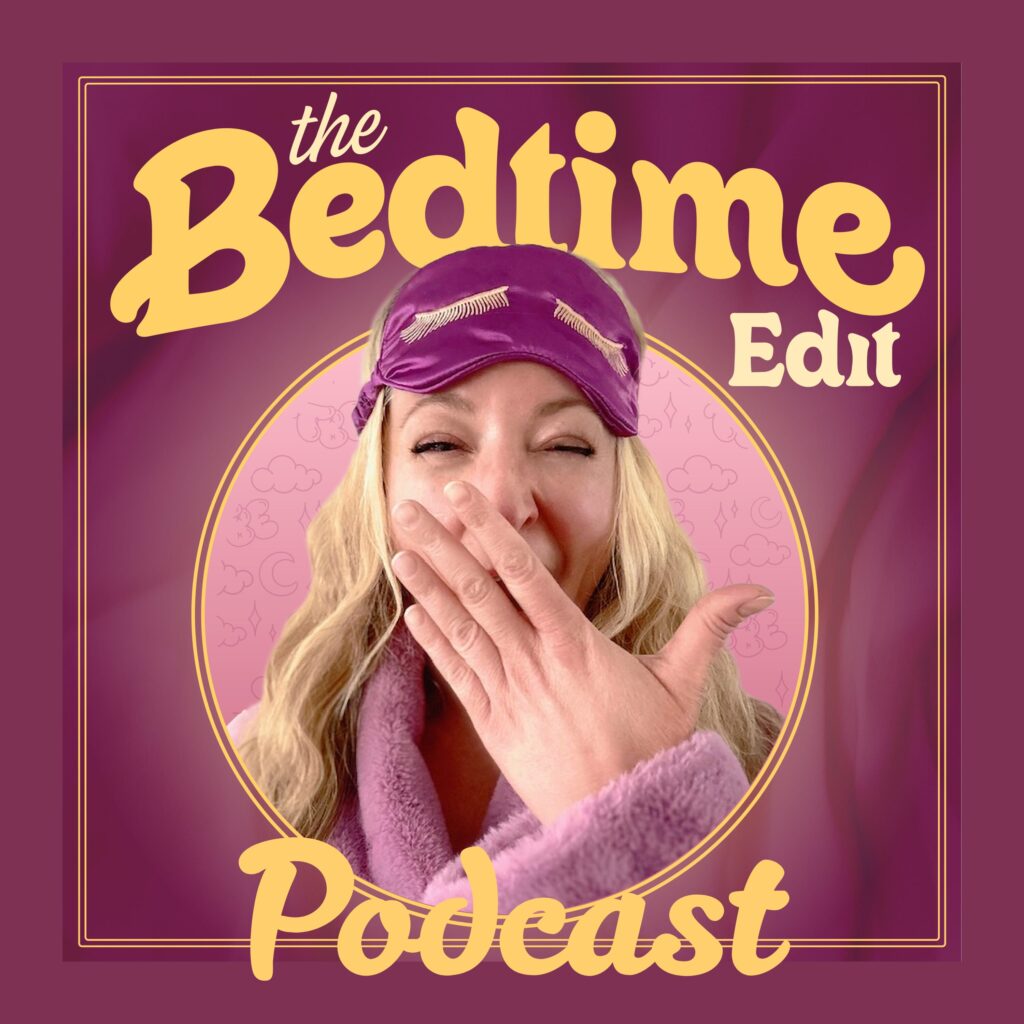As sleep changes with age, many tweens will struggle with sleep and the adjustment. They are growing, becoming more active at school and participating in more extra curricular activities. Getting the right amount of sleep can help improve their cognitive ability with increased learning and memory. Healthy sleep begins with a conducive sleep environment. Setting up your tween’s bedroom for sleep success is the first step in creating healthy sleep habits.
Dark Bedroom
Our circadian rhythms are greatly affected by light and darkness. Exposure to bright lights and natural sunlight can help wake the body up and regulate its biological clock. Darkness can help with the production of melatonin, which tells the body that it is time to sleep. Adding black out curtains to your tween’s bedroom and dimming the lights close to bedtime can help start the production of melatonin in their body, getting them ready for sleep.
Sign Up For Our Newsletter
Technology can play a large part in the disruption of sleep and bedtime. Most screens in our home, such as the television and our smartphones, emit blue light. This light can hinder the production of melatonin, making it harder to fall asleep at night. Removing all screens from the bedroom, and turning them off at least one hour before bed, can make for an easier and more restful night’s sleep.
Quiet Bedroom
Just like white noise helps our babies sleep, it can also help our tweens sleep at night. Playing soft background noise throughout the night can help drown out any noise from outside the bedroom that may wake your tween, such as loud cars or pets. It can also be a relaxing way to help your child to wind down at bedtime and transition between sleep cycles more easily throughout the night.
Cool Bedroom
We all sleep better in slightly cooler temperatures. Our bodies naturally lower in temperature at night and when our body is overheated at bedtime and throughout the night, it is harder to fall asleep and stay asleep as it tries to regulate its temperature. Find a temperature that works best for your tween’s bedroom. Typically 68°-72° F or 19°-22° C is ideal. If your child’s body temperature generally runs hot, stick with lighter bedding and clothing, such as cotton or bamboo. If they are typically on the cooler side, opt for more layers. Temperature may be adjusted according to the weather as well.
Clean Bedroom
Our bedrooms often become cluttered and messy when our items are not organized or don’t have a particular home to be placed away. It’s important to create a space that is stress free and inviting when heading to bed. Help your tween become organized by ensuring that everything in their bedroom has a place to be put away (storage bins, dresser or closet for clothes, hamper for dirty laundry). This will make it easier for them to keep their room tidy and stress free.
We also want to make sure that our tween’s bedroom is being used mainly for sleep. When too much time in bed is spent on other activities, such as homework, watching TV, playing video games or surfing the web, switching the brain off when it is time to sleep can be difficult. We want to ensure that we are creating a positive association with their bed and sleep. Offer a space outside of the bed for homework, like a desk in their room, or the kitchen table. Try to keep technology out of the bedroom and remove it completely at least an hour before bedtime. When your tween has a calm and inviting sleep space, they will be able to rest their body easier.
Involve Your Tween!
Collaborate with your tween to help set up a sleep space together. Get them involved in organizing, setting up and decorating their bedroom. They are more likely to enjoy their sleep space if they helped design it!










